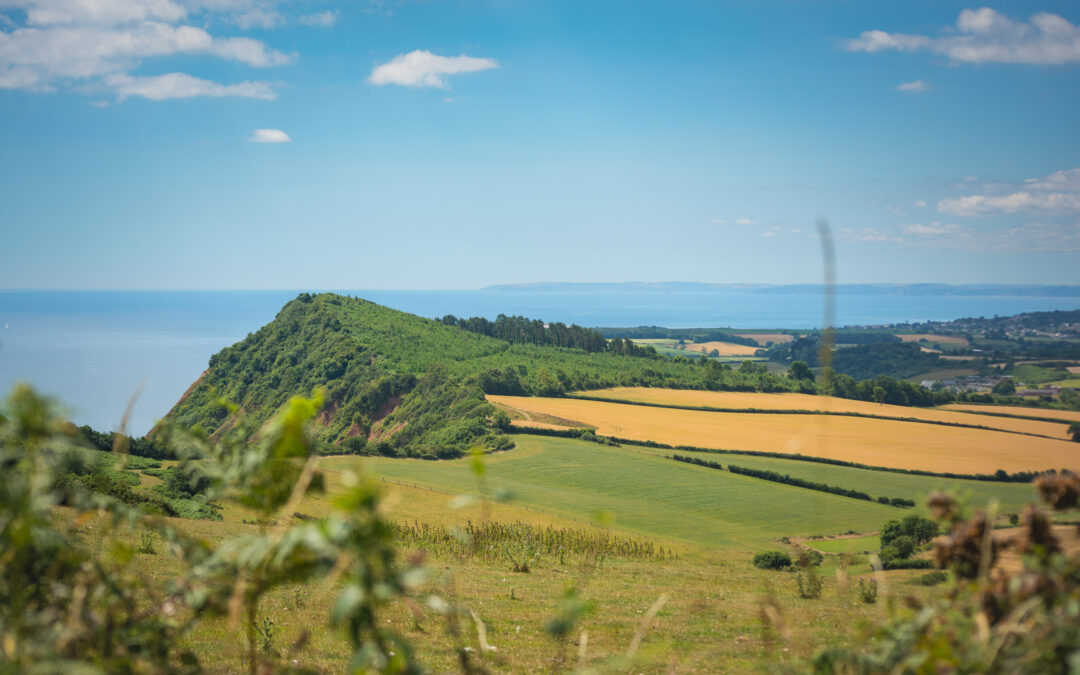Thecla betulae
#SavingSpecialSpecies Projects
Rare and beautiful, Brown hairstreak butterflies are quite difficult to spot since they spend most of their time high in the tops of ash ‘master’ trees.
Males rarely stray from the master tree, but when their main food-source of aphid honeydew is scarce, they will sometimes feed lower down on plants such as Hemp Agrimony, Common Fleabane and Ragwort.
Females, with their bright burst of orange on the forewings, are seen more frequently when they leave the master tree to lay their eggs – which look like tiny sea urchins.
Adult butterflies congregate on ‘master’ or ‘assembly’ trees – where they can find food, shelter, and a mate.
Why are they in trouble?
The loss of hedgerows and woodland from our landscape is the biggest threat to the brown hairstreak and the reason for its severe decline.
Blackthorn hedges are essential – eggs are laid in the young shoots and the leaves are the sole food source for caterpillars; patches of broadleaved woods are important too. As hedgerows disappear, so does crucial habitat.
Where hedges remain, annual flailing – the mechanical cutting back of hedges – can cause just as much harm and can destroy populations altogether.
%
of hedgerows have been lost from UK landscape since 1945
How will we help this special species?
We will organise training opportunities and work with volunteers to conduct egg surveys that will help us to identify where existing brown hairstreak colonies exist – and concentrate our conservation work in the right places.
We will then aim to make the populations we know about more robust by:
- Identifying opportunities for habitat enhancement.
- Working 1:1 with landowners to raise awareness and promote sensitive hedgerow management.
- Organising events to help raise awareness and facilitate support for the brown hairstreak.
- Conducting further surveys to monitor progress/status.
Watch our video to find out more about the plight of the Brown Hairstreak and what we can do to help.
Featuring our wildlife engagement officer, Ruth Worsley, and species recovery volunteer Graham. Made in partnership with Thelma Hulbert Gallery as part of the creative shorts series.
LATEST NEWS

Linking East Devon’s Dramatic Cliffs with our Rolling Hills
We are excited to announce the launch of “Connecting Coast and Country,” a new project designed to bring the dramatic East Devon coastline and our rolling countryside closer together. Made possible by a £9,995 grant from National Trails UK (NTUK), the project is...
Project contact
For further information on our species recovery project,
contact the:
East Devon National Landscape Team
PROJECT FUNDING

More to Explore
Our National Landscape Projects
We lead, partner and support projects that focus on a wide range of themes, including landscape and heritage, environmental quality and climate, biodiversity, recreation and tourism.
Outdoors & Active
Whether you prefer walking, cycling, running or playing, everyone feels happier and healthier when they spend time in nature being more active.

East Devon Way
Discover the hidden gems of East Devon and explore this much loved walking route that links 40 miles of public footpaths, trails and bridleways.





